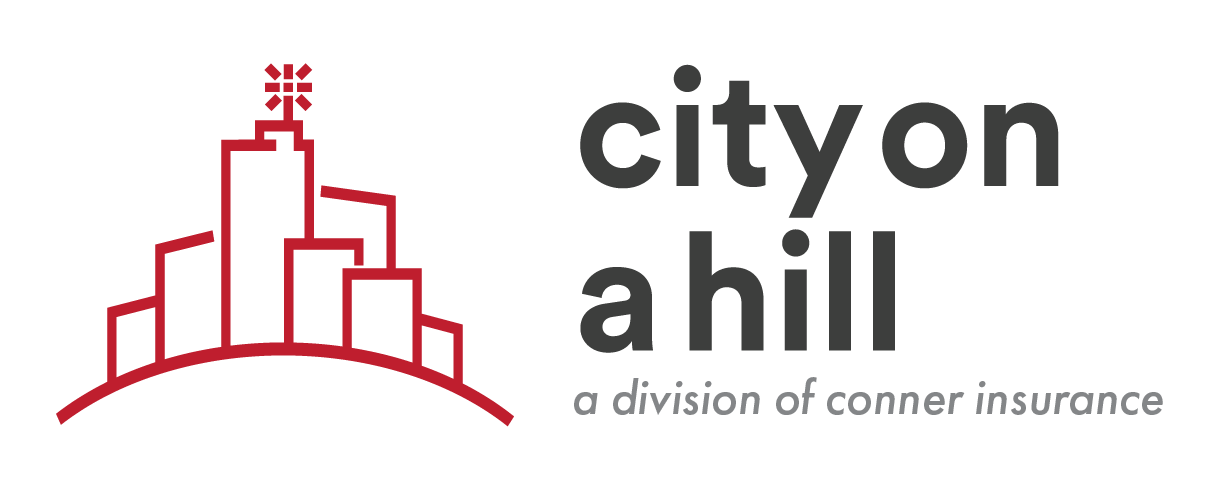Most schools have been at a standstill over the past two years, hesitant to make huge adjustments to their benefits plan, due to the pandemic. But with rising healthcare costs, increased student enrollments, and the uncertainty of the Great Resignation, now may be the best time to make meaningful changes.
Schools have been in a state of day-to-day survival mode, switching to hybrid models and remote learning, conducting contact tracing, juggling mask mandates, and attempting social distancing in busy classrooms.
Parents with children who were in Zoom meetings all day saw an unsustainable way of life and went looking for better in-person learning options.
This created growth in private and charter schools, causing expansion and space concerns in conjunction with COVID constraints. We often hear that with an enrollment of an additional seven to eight students requires an additional staff member, leaving these schools trying to hire more people.
On top of that, the Great Resignation is also putting pressure on schools to hire new teachers and retain current ones. Teachers have already been burning out prior to the COVID-19 era, with little support and stagnant pay.
By using your benefits spend more effectively, you can free up more budget to better compensate staff, helping to fight trending resignations.
There is revenue trapped in a bad benefits plan.
Signs you may have hidden revenue lost in your plan:
- If you haven’t looked at your benefits in a few years, you are almost certainly missing opportunities to uncover lost revenue. The pandemic has caused a dramatic shift in current benefit trends, with a focus on the well-being of individuals and their families. Your benefits plan should reflect this change.
- If your employees are paying more than 25-30% of the total premium (especially in child and family tiers) or a deductible over $3000. There are ways to manage the cost of your plan more effectively, benefiting your school and your staff.
- If your employees can’t afford a surprise medical need, like a surprise knee surgery that hits their deductible. With their salary and your benefits plan, could they afford it? If not, you have a problem.
The benefits you offer could be your path to competing with other schools. If your teachers are pulling together every penny they have to make things work and they’re hit with a surprise $5000 deductible, the benefits aren’t really working for them.
You can change that.
If you have a better benefits plan, you can improve employee experience and free up capital for compensation. Salary and benefits are key factors for most employees when considering job opportunities, with many looking for employers who invest not only in their work lives, but their personal lives as well.
Now is not the time to stand still.
You can use your benefits to help solve these problems and significantly improve your school’s ability to attract and retain talented, motivated teachers and staff. The first step is to design a strategy that builds a solid benefits plan, one that can help your school thrive.
There is room for adjustments within your plan, even if those adjustments are minimal to start. Working towards better, more competitive benefits can help your school overcome the challenges that the pandemic has caused.









